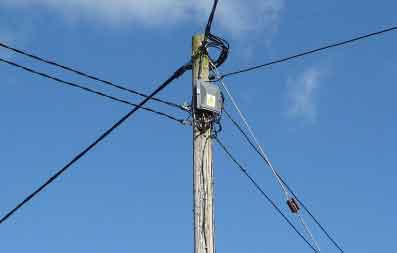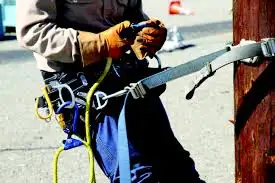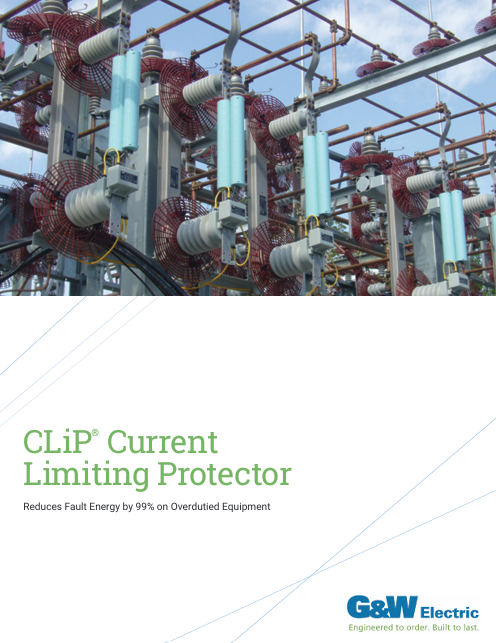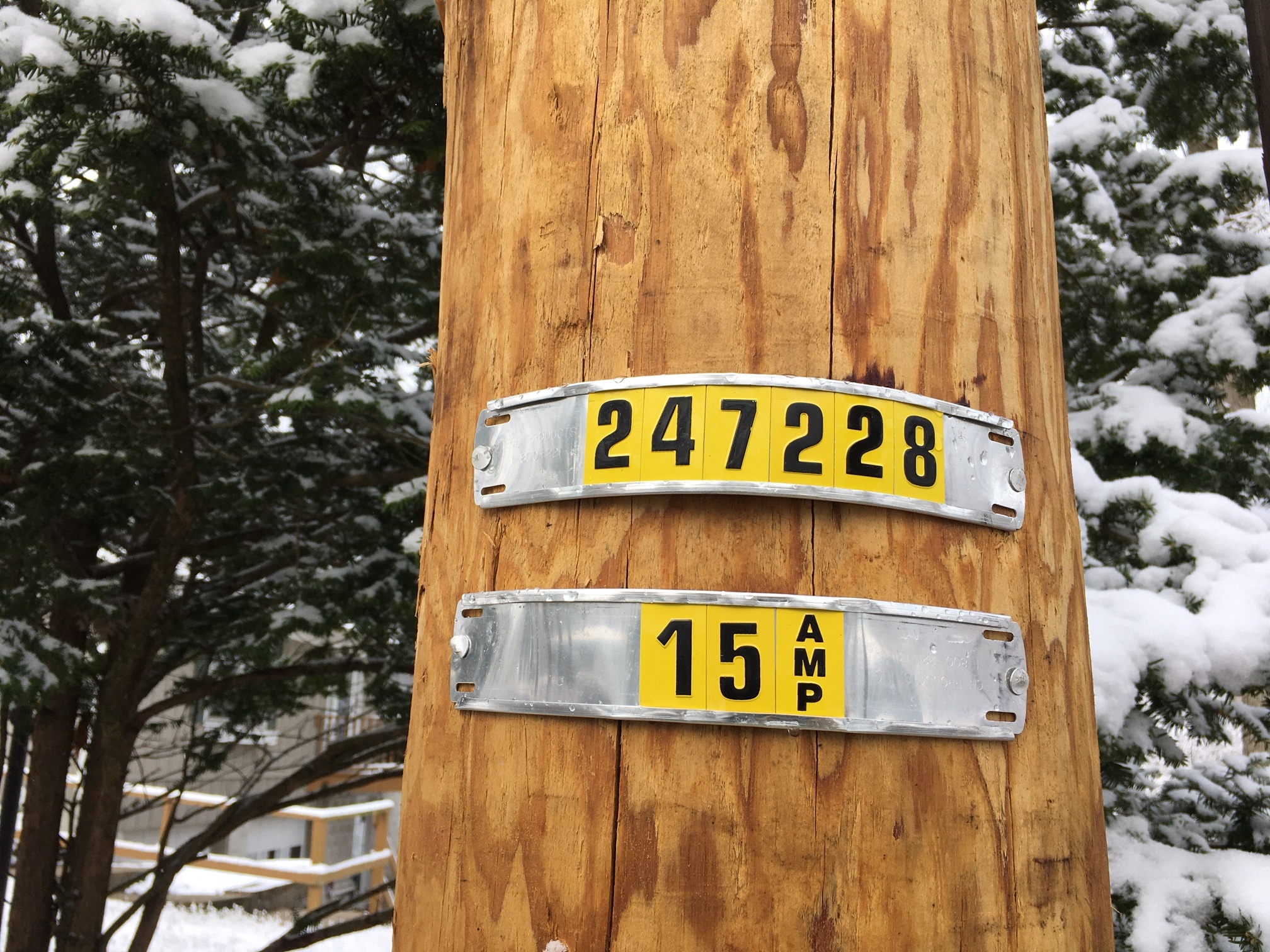Aerial Cable Explained

Download Our OSHA FS3529 Fact Sheet – Lockout/Tagout Safety Procedures

- Learn how to disable machines and isolate energy sources safely
- Follow OSHA guidelines for developing energy control programs
- Protect workers with proper lockout devices and annual inspections
Aerial cable is an overhead electrical conductor suspended between poles or towers. Used in power distribution and telecom, it offers low-cost installation, reliable performance, and minimal ground disruption. Suitable for rural, utility, and industrial applications.
What is Aerial Cable?
Aerial cable plays a crucial role in delivering electricity across long distances by suspending power lines above the ground.
✅ Supports electrical power and telecommunication transmission over long distances
✅ Ideal for areas where underground installation is impractical or costly
✅ Offers ease of maintenance and rapid deployment for utility networks
These lines are often supported by poles or other structures, ensuring they remain elevated and safely transmit electrical energy. This type of installation is commonly used in both urban and rural areas, providing an efficient means of power distribution where underground cabling is impractical.
Advantages of Taking the High Road
Compared to underground cable, aerial cable offers several advantages that make it a preferred choice in many situations:
-
Lower Installation Costs: Installing aerial cable is generally less expensive than burying cable underground. This is because it avoids the need for extensive excavation, trenching, and backfilling, which can be time-consuming and costly.
-
Easier Maintenance and Upgrades: Accessing and maintaining it is simpler than accessing and maintaining underground cable. Faults can be easily located and repaired, and upgrades or modifications to the system can be implemented with less disruption.
-
Faster Deployment: It can be deployed more quickly than underground cable, especially in areas with challenging terrain or existing underground infrastructure. This makes it a suitable option for rapid expansion of power networks or restoration of power after natural disasters.
-
Reduced Risk of Damage from Excavation: Unlike underground cable, which can be accidentally damaged during excavation work, aerial cable is less susceptible to such incidents. This reduces the risk of service interruptions and costly repairs.
Sign Up for Electricity Forum’s Wire and Cable Newsletter
Stay informed with our FREE Wire and Cable Newsletter — get the latest news, breakthrough technologies, and expert insights, delivered straight to your inbox.
Common Types of Aerial Cable
There are various types used in power distribution, each designed to meet specific requirements:
-
Self-Supporting: This type of cable incorporates a built-in messenger wire, typically made of steel, which provides the necessary mechanical strength to support the cable's weight and withstand wind loads.
-
Dielectric Self-Supporting: This type of self-supporting cable is fully insulated, eliminating the need for additional insulation between the conductor and the messenger wire. It is often used in areas with limited space or where safety concerns require a higher degree of insulation.
-
Messenger-Supported: In this configuration, the cable is attached to a separate steel messenger wire that provides support. This allows for greater flexibility in cable design and installation.
Frequently Asked Questions
How is Aerial Cable Used in T&D Systems?
It is used to transmit power from one location to another, supported by poles or towers to remain above the ground. This design allows them to bypass obstacles like rivers, roads, and buildings. They help maintain a steady flow of power to homes, businesses, and industries by avoiding ground-level disruptions such as flooding or excavation work.
How do weather conditions affect the performance and durability?
Weather plays a major role in determining the lifespan and reliability of aerial installations. Strong winds can cause swaying, placing stress on the supporting structures. Ice buildup during winter adds weight, increasing the risk of sagging or breaking. Meanwhile, prolonged exposure to sunlight can degrade insulation materials. However, modern overhead designs are built with durable materials to resist these environmental challenges.
What are the safety considerations when installing and maintaining it?
Safety is critical when working with overhead power lines. Proper clearance must be maintained from nearby structures, such as trees and buildings, to avoid accidental contact. Regular inspections are necessary to detect wear, such as damaged insulation or corrosion on the supporting structures. Additionally, workers should be equipped with appropriate safety gear and follow established protocols to minimize the risk of electrical hazards.
Aerial installations are an important part of the electrical distribution infrastructure, especially in areas where underground cabling is impractical. These systems offer cost-effective and easily maintainable solutions for delivering power over long distances. By understanding the types of cables, their advantages, and how environmental factors impact performance, power providers can ensure reliable service to customers.
Related Articles








